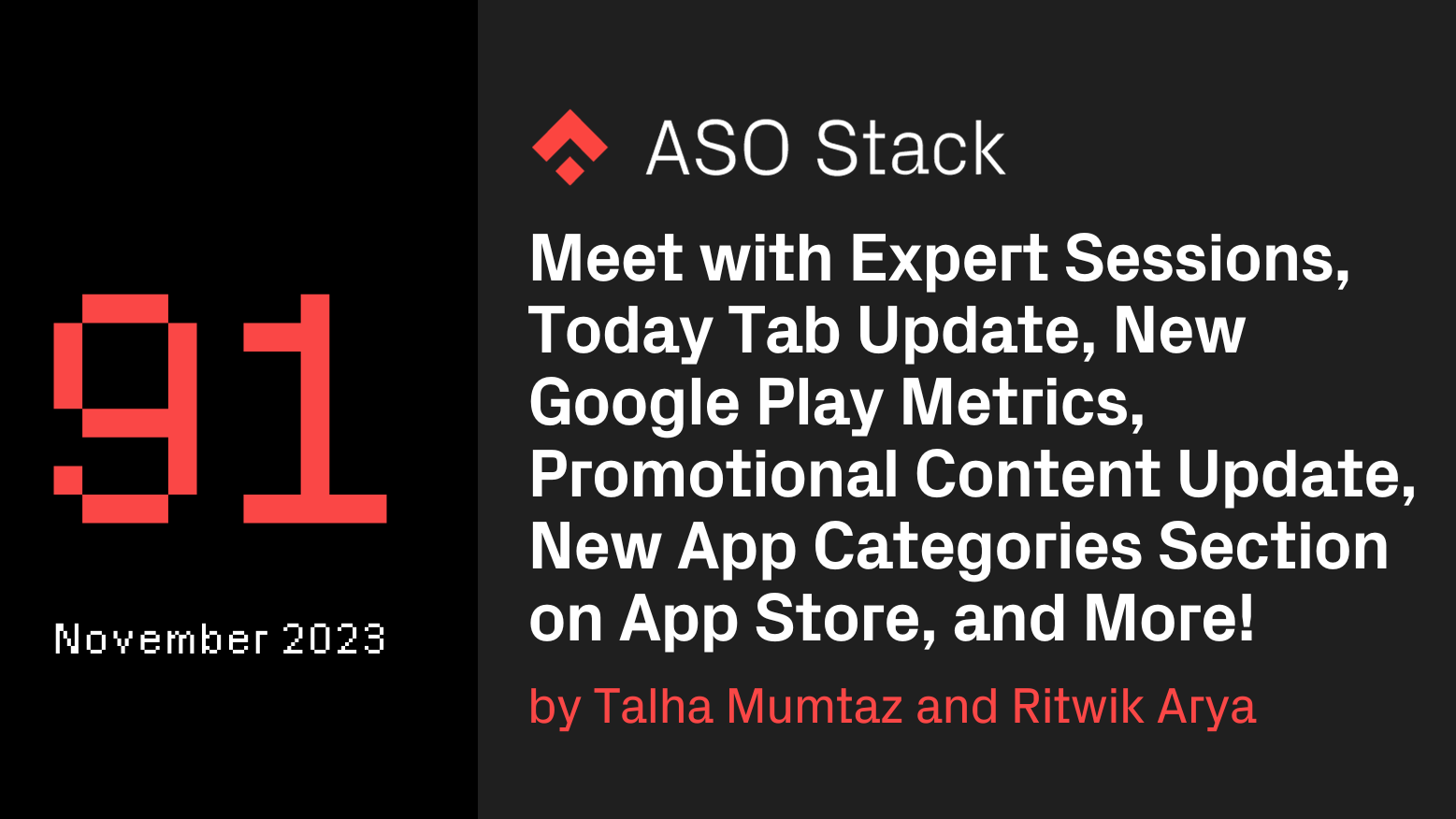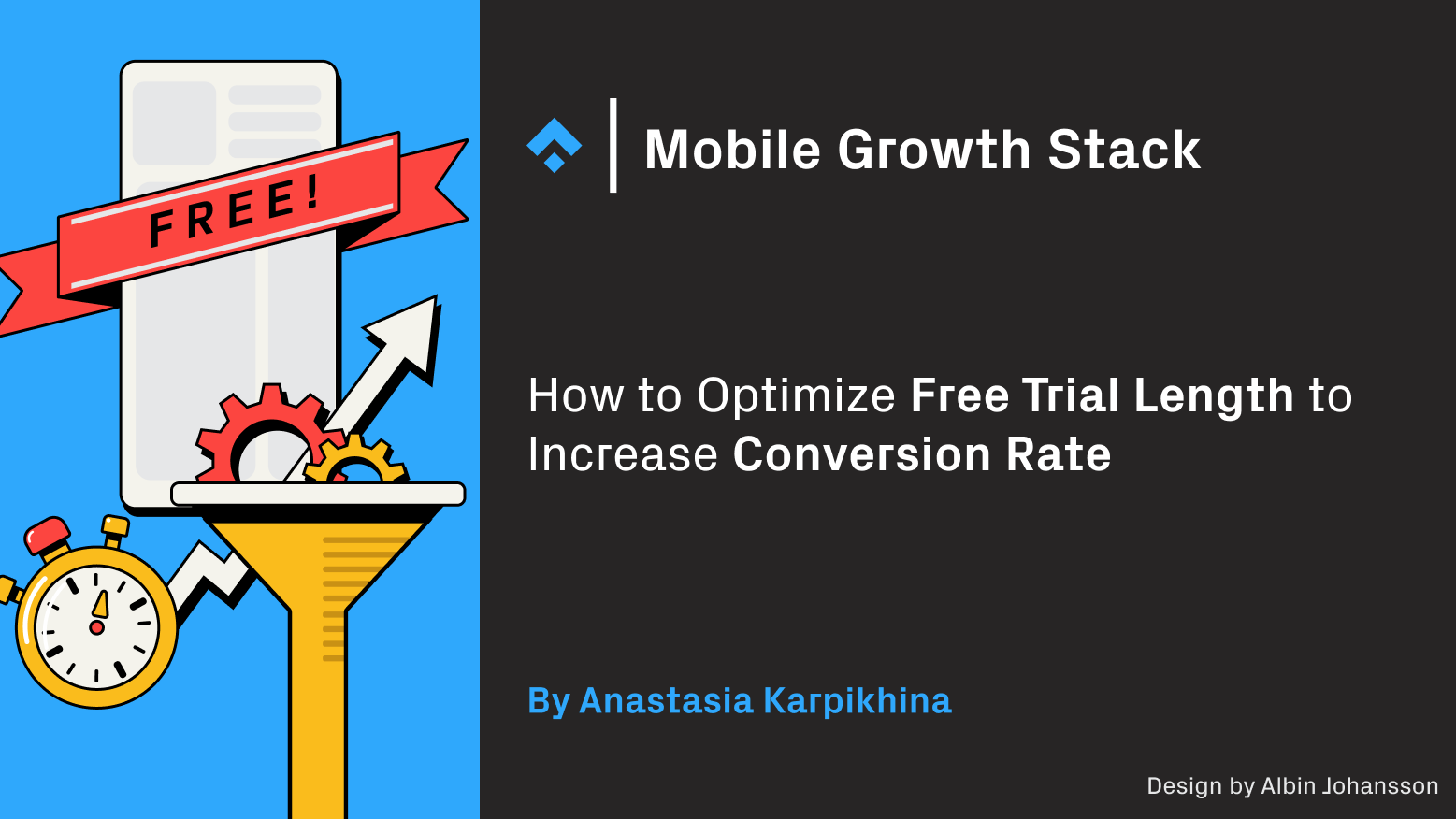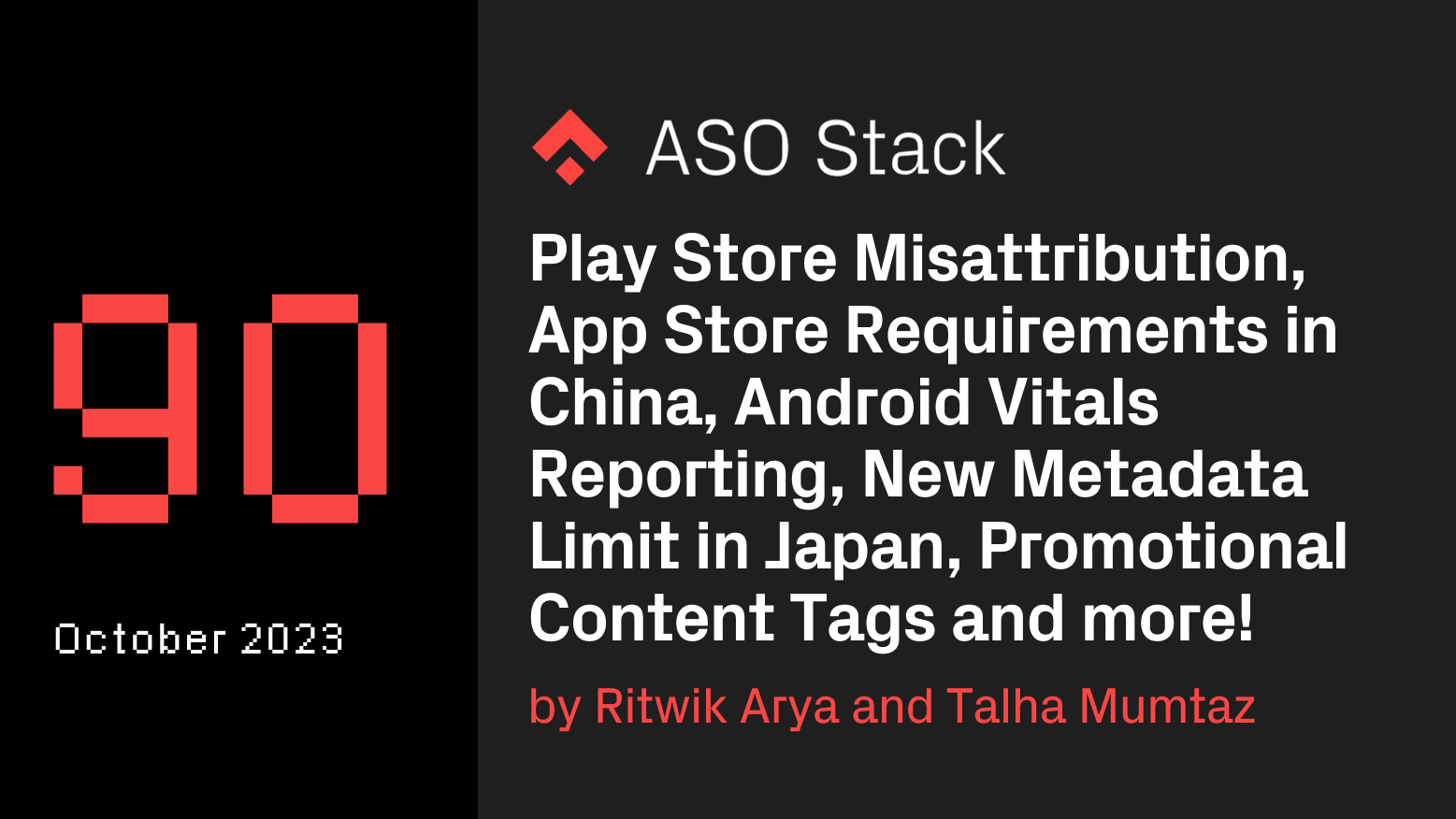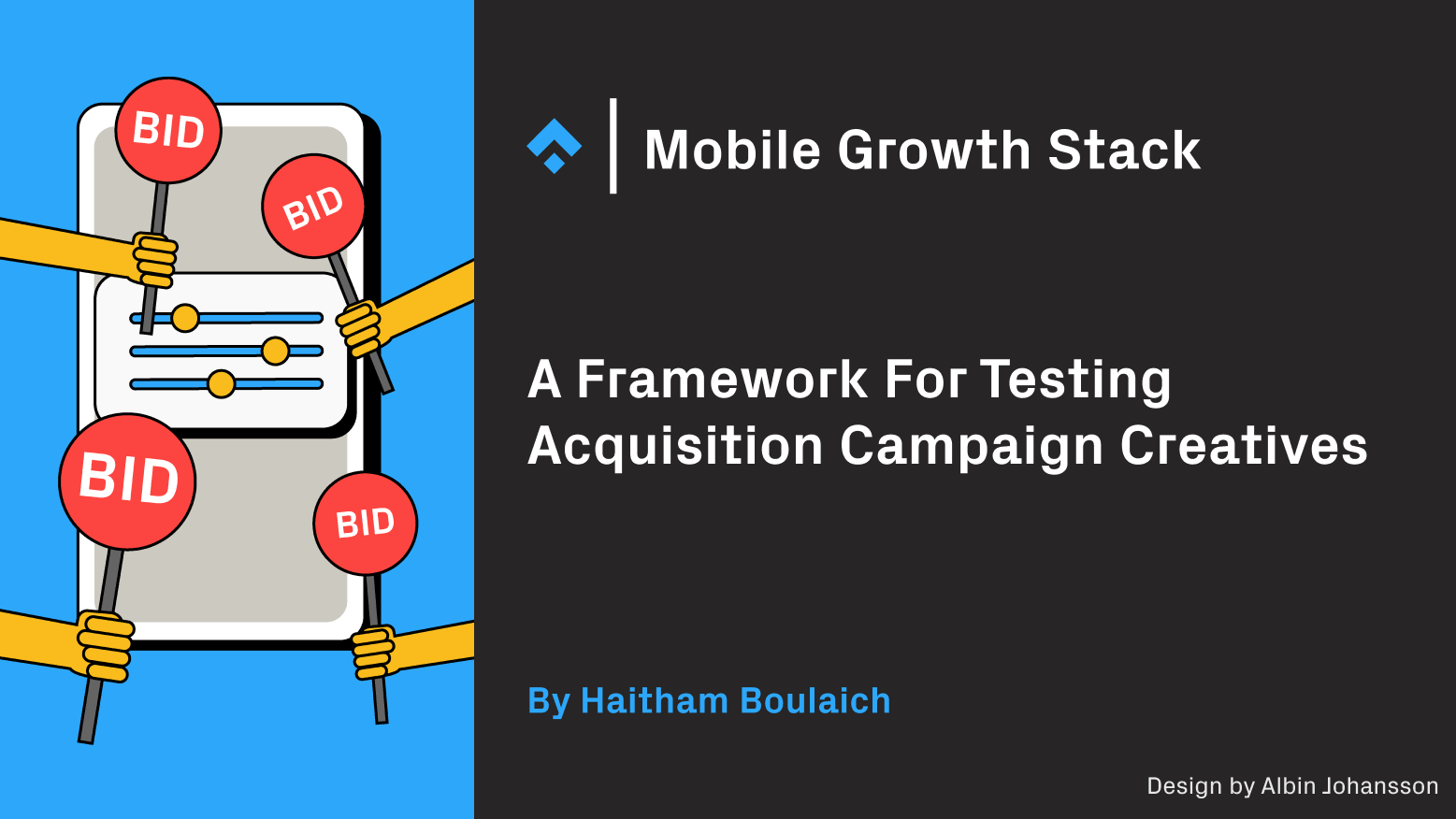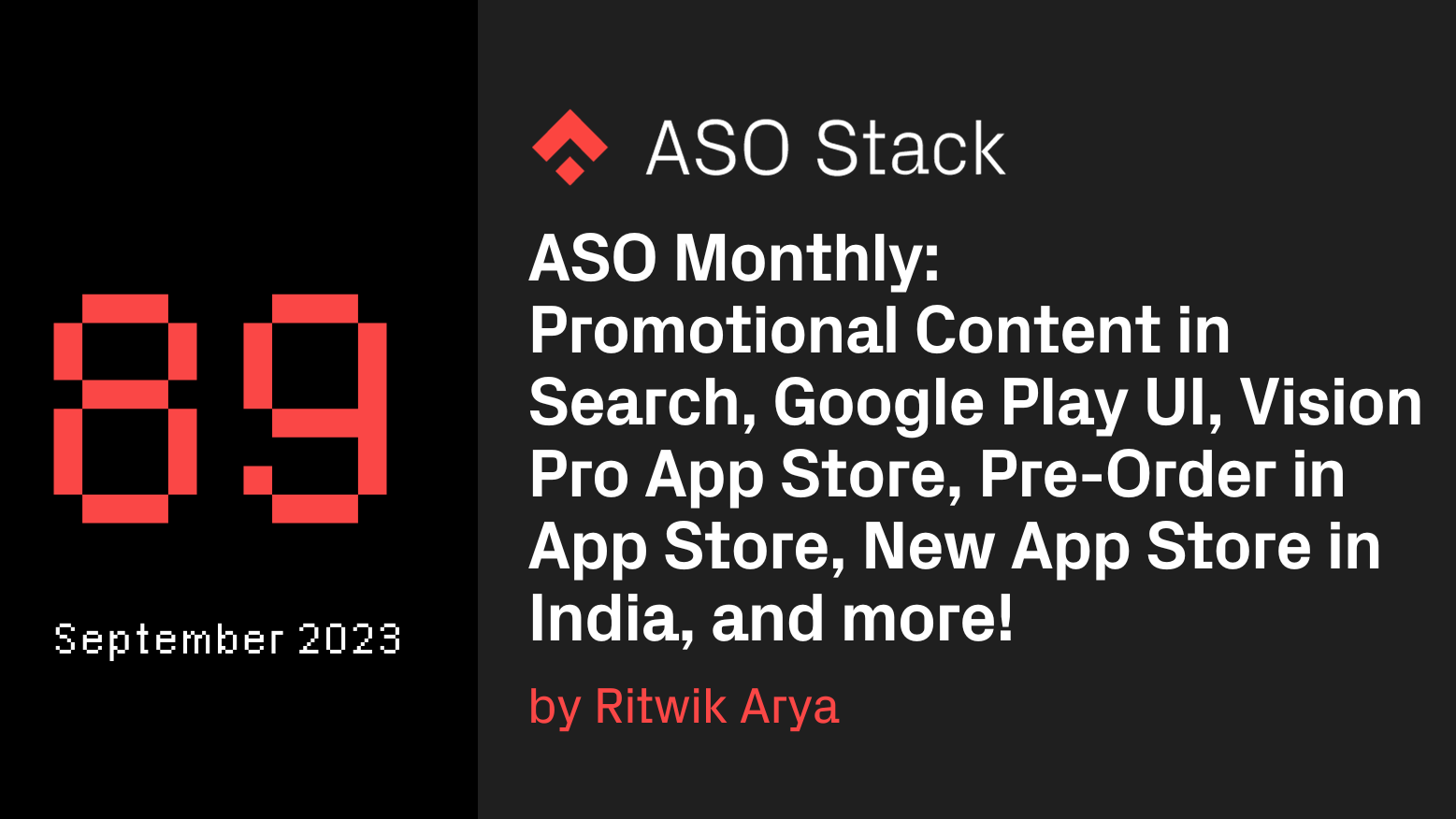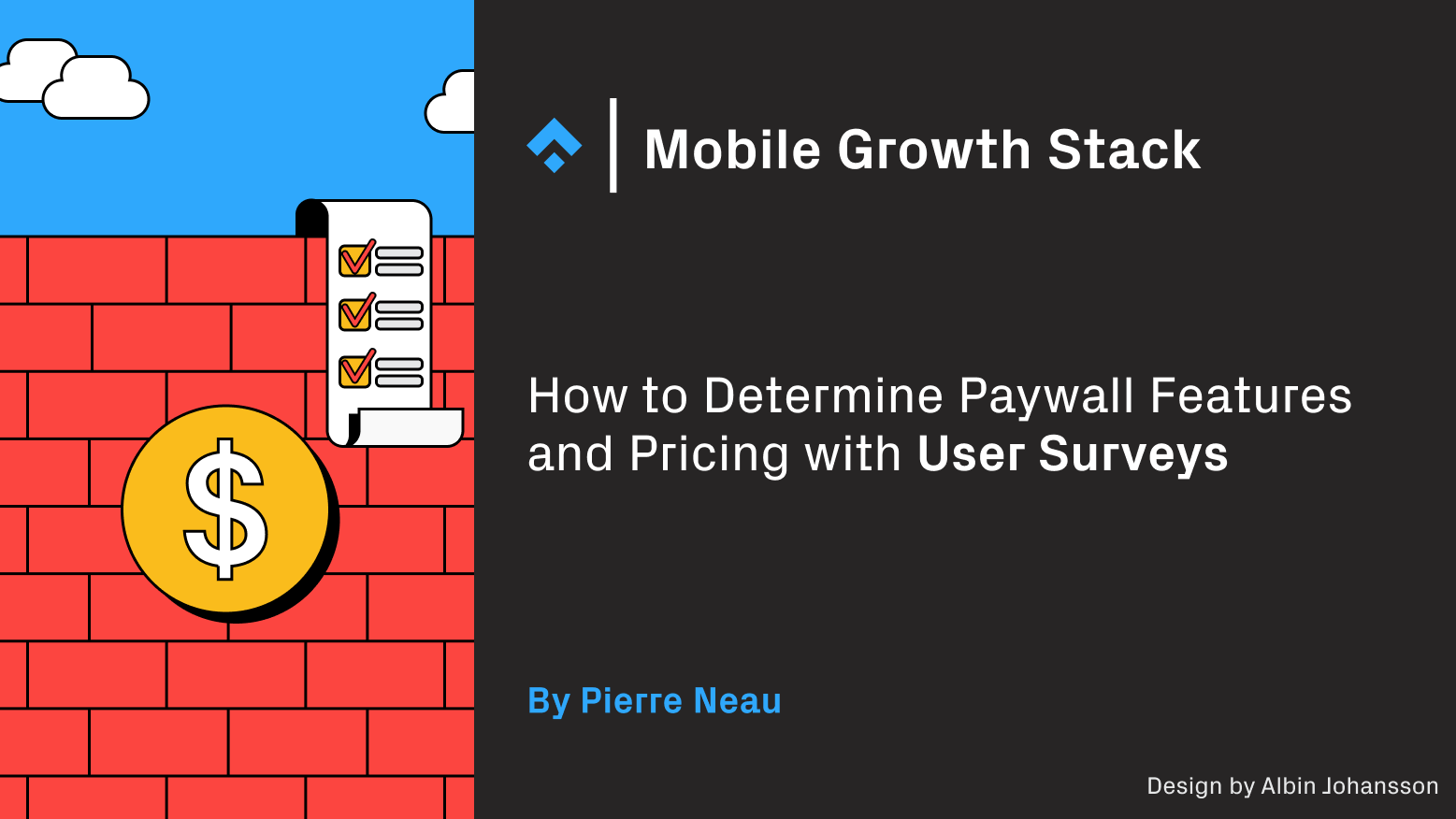
As we step into 2024, the mobile world is going through some big changes. There is a race among marketers to use AI in their strategies, and come up with new and bold ideas. We are also facing economic challenges resulting in reduced consumer demand and higher prices. This is making businesses rethink how they spend their money on ads. Amidst all this, there’s a silver lining of new technologies that could reshape how we use our phones. So, let’s try to deep dive into what gets us excited these days here at Phiture.
Your app as an ad network
Adtech analyst Eric Seufert coined the phrase “Everything is an ad network”. As Facebook and Google lose access to unlimited access to user data due to privacy regulations, the media landscape is changing, and their dominance is being challenged. Any company with sufficient supply of customer data in a first-party environment is now presented with the opportunity to build an advertising network.
The concept of retail media isn’t novel in itself: Think loyalty cards, vouchers or coupons. What’s new is the integration of these practices into both digital and physical worlds. Marriott, a hotel chain, is rolling out a media network leveraging its guest data to deliver targeted ads across its websites, apps, and even in-room TV sets.
This trend is illustrated by tech giants such as Amazon, Uber, and Instacart, who successfully monetize the ad space within their apps. For example, Instacart raked in $740 million in ad revenue in 2022, making up an impressive 29% of its total earnings. Projections from research firm Insider Intelligence indicate a surge in net ad revenues for retail media advertising in the US: Surpassing $55 billion in 2024 from $41 billion this year.
The potential for innovative and personalized advertising opportunities is endless. Imagine an entertainment company targeting airline passengers vacationing near its theme parks. This fusion of data and advertising opens doors to a new era of ad tech.
Brand vs. Performance
Apple’s privacy changes made paid media more expensive and less effective, so it’s only natural that CMO’s are shifting budgets to brand campaigns. Airbnb is a case in point: Pre-pandemic, its marketing strategy was primarily performance-driven. Yet, in 2020, Airbnb, facing an 80% business loss overnight, reinvented itself by ditching performance ads. The shift change has largely paid off, with their traffic levels reaching 95% of pre-pandemic figures. Would this work for less-established companies too?
CEO of Eight Sleep, Matteo Franceschetti introduced “the rule of seven touch points”. In a world bombarded with stimuli, customers need to encounter a brand at least seven times before making a purchase decision. This shows that advertising shouldn’t be just aimed at immediate sales, but at leaving lasting impressions that result in future transactions.
Take TikTok, for example: Their users largely don’t mind ads — they even like them. According to DISQO research, two out of three TikTok users view ads positively as “fun and engaging,” “trendsetting,” and “inspiring.” This is likely because TikTok ads don’t feel like ads; think of the traditional banners and carousel formats that would fall flat with their audience. The platform values authenticity and fun. Ads that work best are those that seamlessly blend with user-generated content in the feed.
The lines between brand and performance, or organic and paid advertising are increasingly blurry. When teams become siloed, businesses suffer. This highlights the need for a dynamic and adaptable ad strategy in the coming year.
Personalization beyond the download
McKinsey’s research shows the rising demand for personalized interactions, with 71% of consumers expecting tailored experiences. And the story doesn’t end there: 76 percent get frustrated when this doesn’t happen.
For mobile marketers, Apple and Google provide tools for personalizing the user journey through targeted ads and custom product pages. Augmenting these capabilities with AI, platforms like Aampe take it a step further, generating unique insights for each customer via in-app CRM.
As we move into 2024, the ability to deliver personalized experiences from ad to purchase will be key to successful app strategies. Chinese shopping apps such as Shein and Temu are leading the way. By analyzing user history, browsing behavior, and interests, Shein can provide tailored product recommendations for each user, improving the shopping experience, increasing sales, and customer loyalty. What’s even more impressive is that they are using order data and in-app clicks to automate warehouse management and schedule delivery vehicles.
The mobile app space is a saturated one — the average smartphone owner uses just nine to ten apps a day and 30 apps over a month. This stiff competition creates a need for ensuring not only initial downloads but sustained engagement and retention. That requires close collaboration across all Growth functions and resources. Embracing these trends will position your app as capable of navigating the evolving digital landscape and delivering experiences that resonate with the modern consumer.
Happy holidays from all of us here at Phiture 💚
We’re wishing you joy, warmth, and endless celebrations this holiday season! May your days be filled with love, laughter, and cherished moments. Here’s to a festive season that embraces the traditions that make us all unique. Happy holidays from all of us at Phiture — we’ll see you in the new year! 💫
Table of Contents













